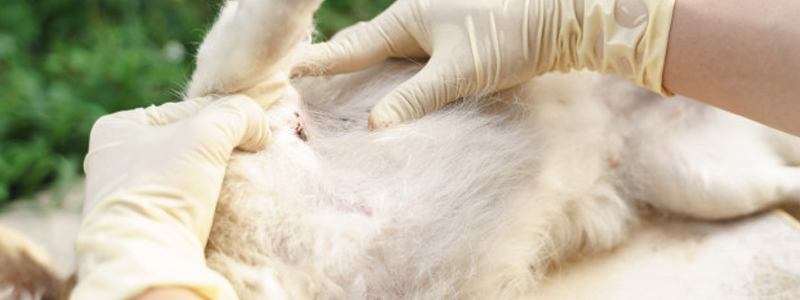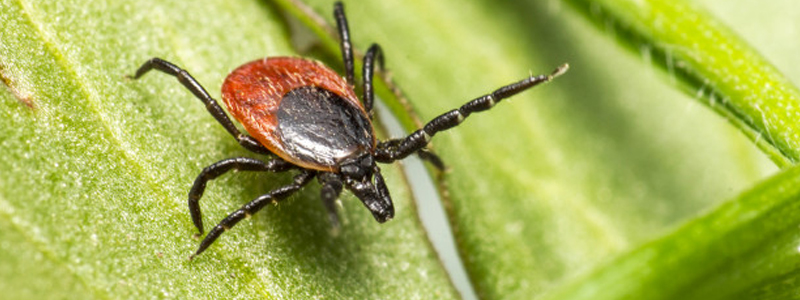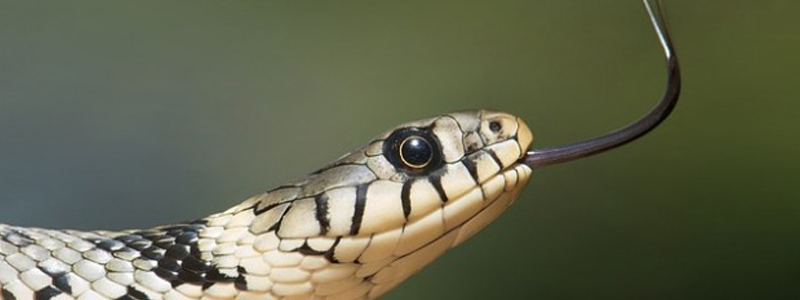BY: SAMANTHA BARTLETT, DVM
At the AVMA Economic Summit in October, Dr. Bridgette Bain spoke on the data from the 2020 AVMA Senior Survey. Educational debt for veterinary graduates is growing 4.5 times faster than income. Mean educational debt for 2020 U.S. veterinary college graduates was $157,146. Mean debt to income ratio was 2:1 with 20% of students graduating with a ratio of 4:1. The percentage of graduates planning to pursue internships is declining. Mean weight starting salary for students entering the work force with full time employment was $90,722. This is an increase from 2019 salaries. However, the impact of COVID-19 is not expected to be apparent for a few years. The majority of graduates this year saw no change in employment offers due to COVID-19, but about 3% said their employment offer was withdrawn because of the pandemic.
Also noteworthy is greater than 40% of students graduating with debt stated they had a budget. African American graduates had more debt than their peers. Women had hider debt to income ratio then men. Other risks factors for a higher debt load include major life events during education and students that had to repeat courses.
This is nothing new as veterinary student debt load has been a concern over the past decade. Dr. Debbie Taranik, a practitioner participating in a VIN discussion in 2011, wrote that the expense has exceeded the value of the career and that the cost of veterinary education leads to “a hole dug so deep for our new grads that they will be slaves to the det instead of earning a decent living.”
Suggestions for fixing the problem are multifactorial. One of the biggest reasons for the high cost of veterinary tuition is lack of government funding for veterinary medicine. Very little funding comes from the USDA and with over 30% of graduates going into companion animal medicine, there is no government support. One suggestion is that the government could reduce the interest rate on student loans. The implementation of the income-based repayment program is a big help short-term, but increases the overall debt load over time. The COVID-19 pandemic has led to government relief through suspension of student loan interest and payments since March. This is due to expire in January, but may be extended with a new relief package. Other suggestions for minimizing student debt place the burden directly on the veterinary education system – reducing faculty and merging some courses or eliminating specialty classes all together, implementing more online learning, and reducing the number of years required to get a degree. One suggestion that many respondents are supporting is reducing the number of years of undergraduate training required to enter veterinary school by developing a veterinary specific two-year program that can be taken at a technical or community college and then reducing the veterinary medicine program to 3 years for a total of 5 years of education rather than 8.











